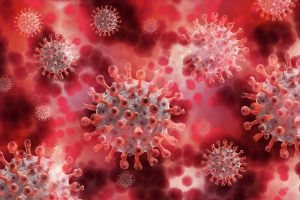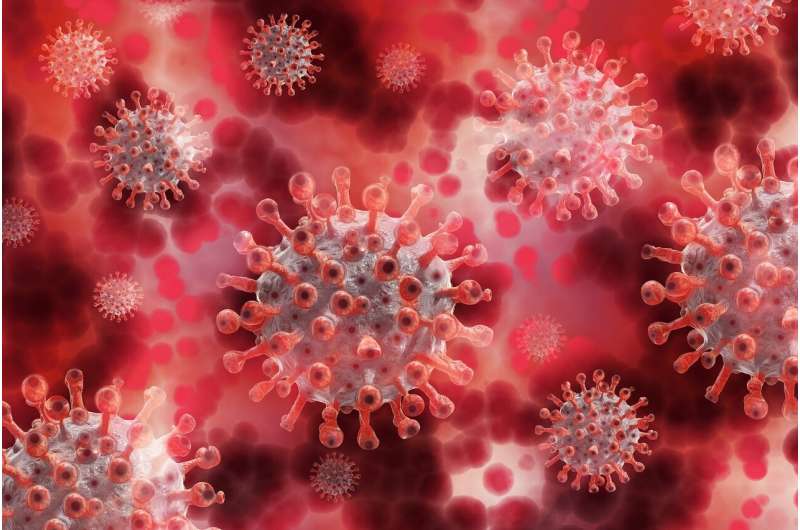Where are you most likely to catch COVID? New study highlights high risk locations


What are the odds of catching COVID-19 after a night at the movie theater? How about an afternoon at the gym, unmasked? Or an early morning jog in a neighborhood park?
It’s well known that certain places and activities carry varying risks of coronavirus exposure, but a new study takes away much of the guesswork, offering clear estimates instead.
Researchers behind the paper analyzed outbreaks and superspreader events and studied factors that hinder and aid the virus’ spread, to design a mathematical model that takes many factors into account before giving a percentage risk of infection.
The percentage isn’t a perfectly accurate estimate, but it helps answer several complex questions: In what situations am I mostly likely to catch COVID-19? Least likely? And how likely is “likely?”
Go into a crowded movie theater with poor ventilation and a mostly unmasked audience, and there’s a 14% chance of being infected, assuming everyone in the room is silent before, during and after the movie, according to the study data.
But if there are people talking throughout—potentially launching viral particles into the air as they do—the odds of infection when unmasked jump to 54%.
If the crowd is masked, the risk of infection drops to 5.3% without talking and 24% with talking.
Given that COVID-19 spreads primarily through airborne particles, masks, ventilation, the number of people in a room or building and time spent in that space all factor heavily in the equation.
Also critical is what’s happening around someone. Heavy exercise poses the most risk, followed by shouting and singing, then normal speaking. Least worrisome is the “silent” category.
Unsurprisingly, being outdoors, masked and surrounded by silence is the best way to avoid coronavirus, researchers found. And the opposite is true: heavy exercise in a poorly ventilated place packed with maskless people is a nearly surefire way to catch COVID-19—it’s 99% effective.
But in between those two extremes are findings that may surprise some.
For example, working out for even a short amount of time in a well-ventilated gym carries a 17% chance of infection if masks aren’t in use.
And if it’s poorly ventilated? There’s a 67% chance.
In many situations, changing just one single factor can be the difference between being relatively safe or likely infected.
The Centers for Disease Control and Prevention says that along with wearing masks, getting vaccinated and keeping at least six feet apart, improved ventilation—including open windows, ceiling fans and portable air cleaners—can help curb the spread of COVID-19.
“With good ventilation, the concentration of virus particles in the air will be lower and they will leave your home faster than with poor ventilation,” the agency says.
But researchers concluded that many indoor facilities, businesses, schools, houses of worship—the buildings where we spend our daily lives—are not adequately designed or equipped to handle the pandemic.
Source: Read Full Article